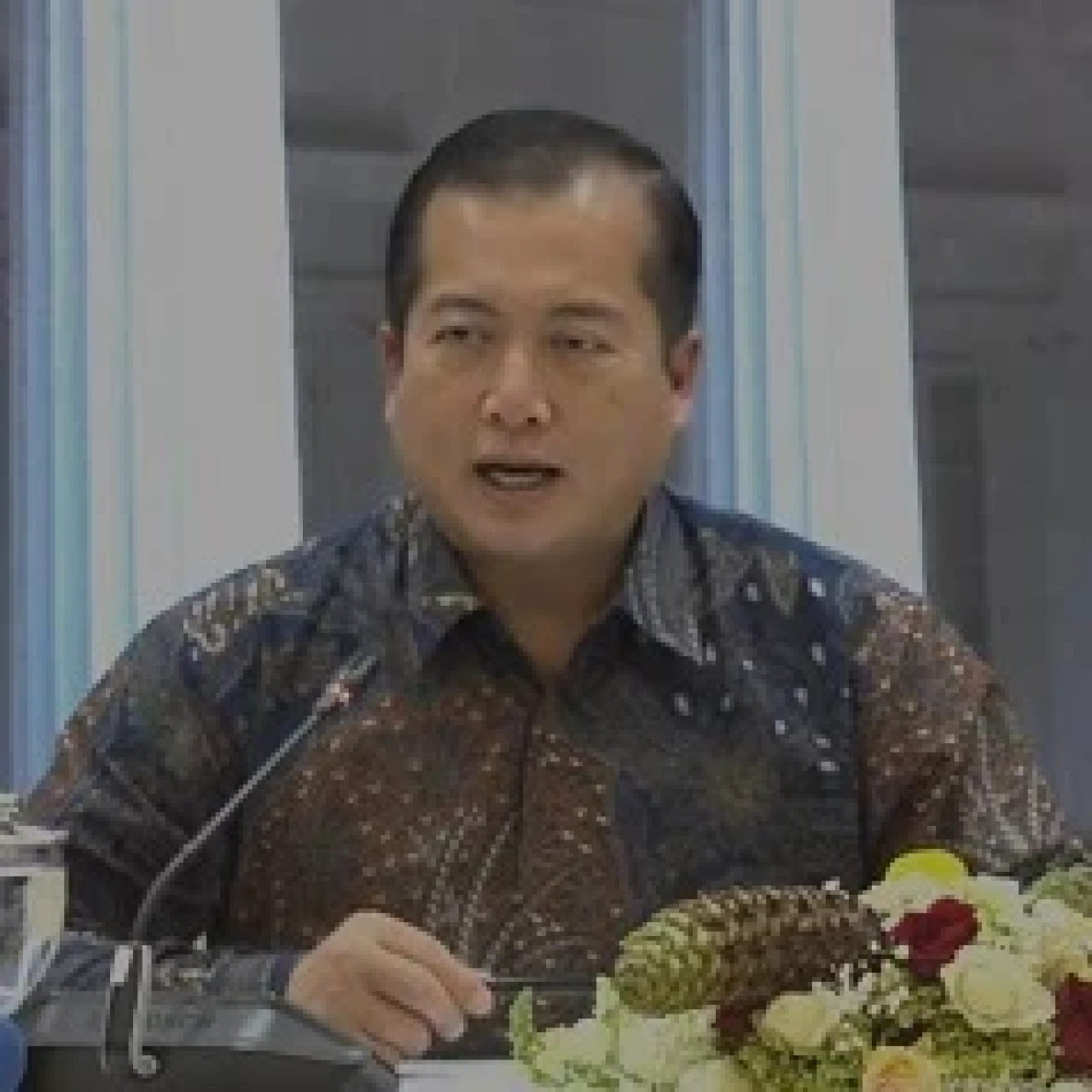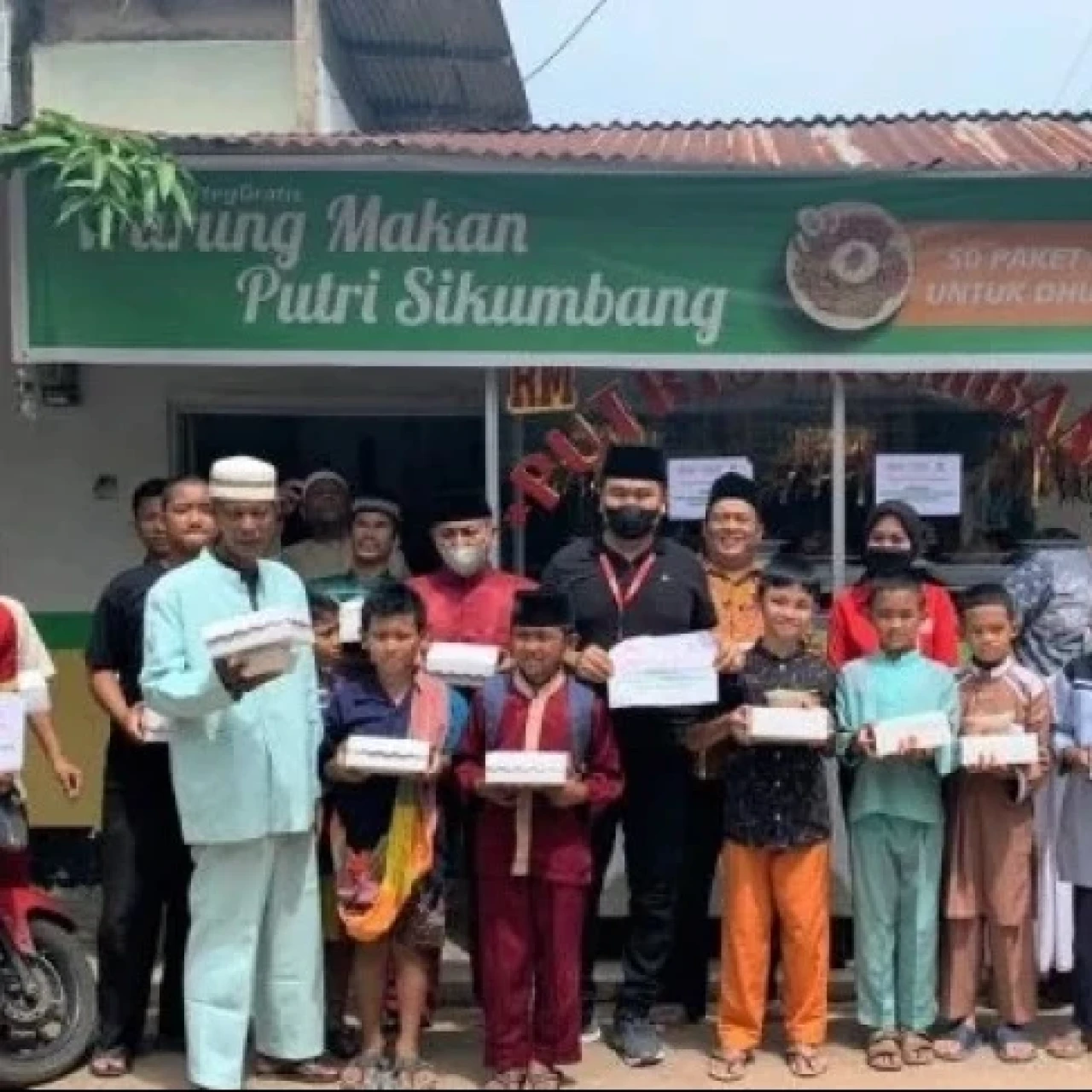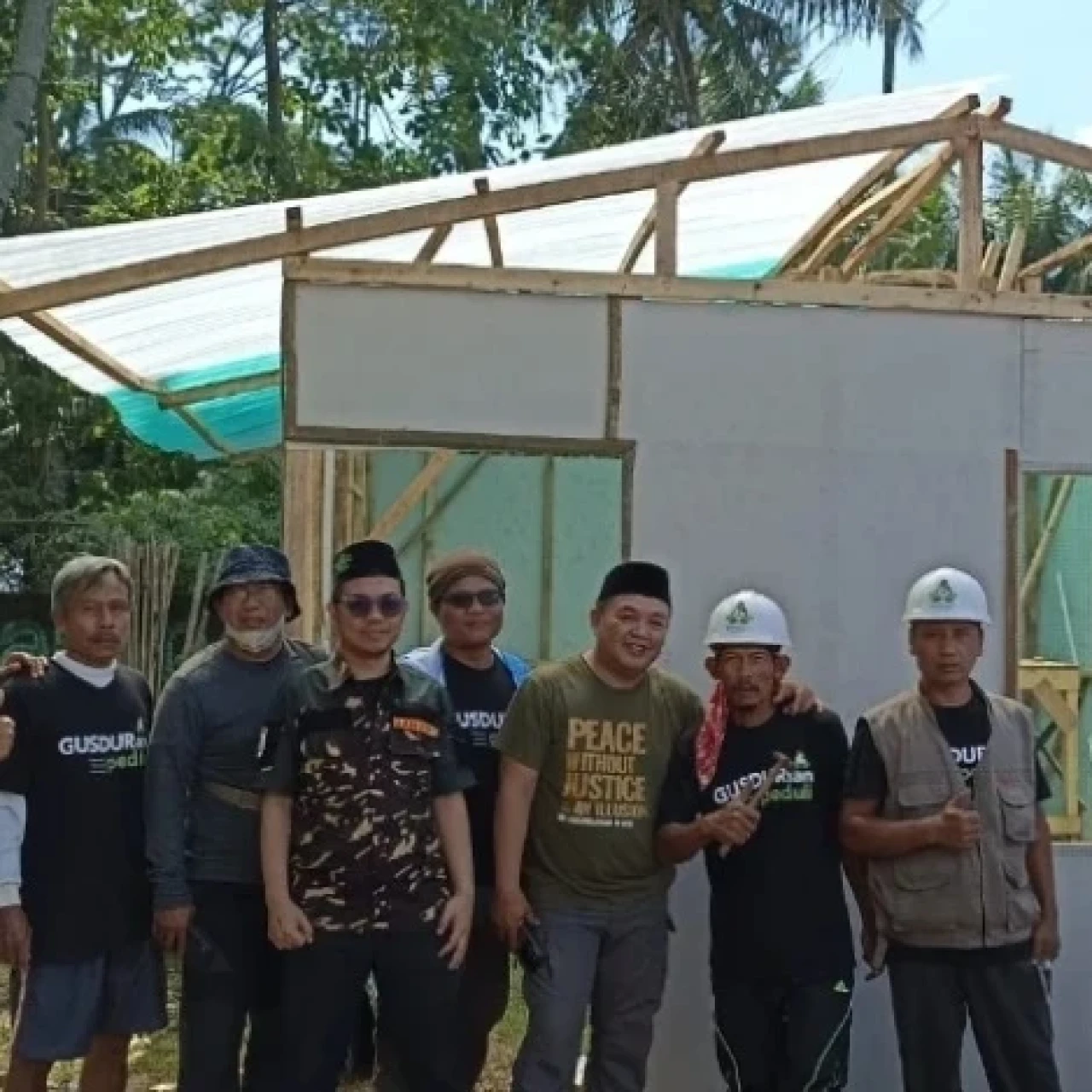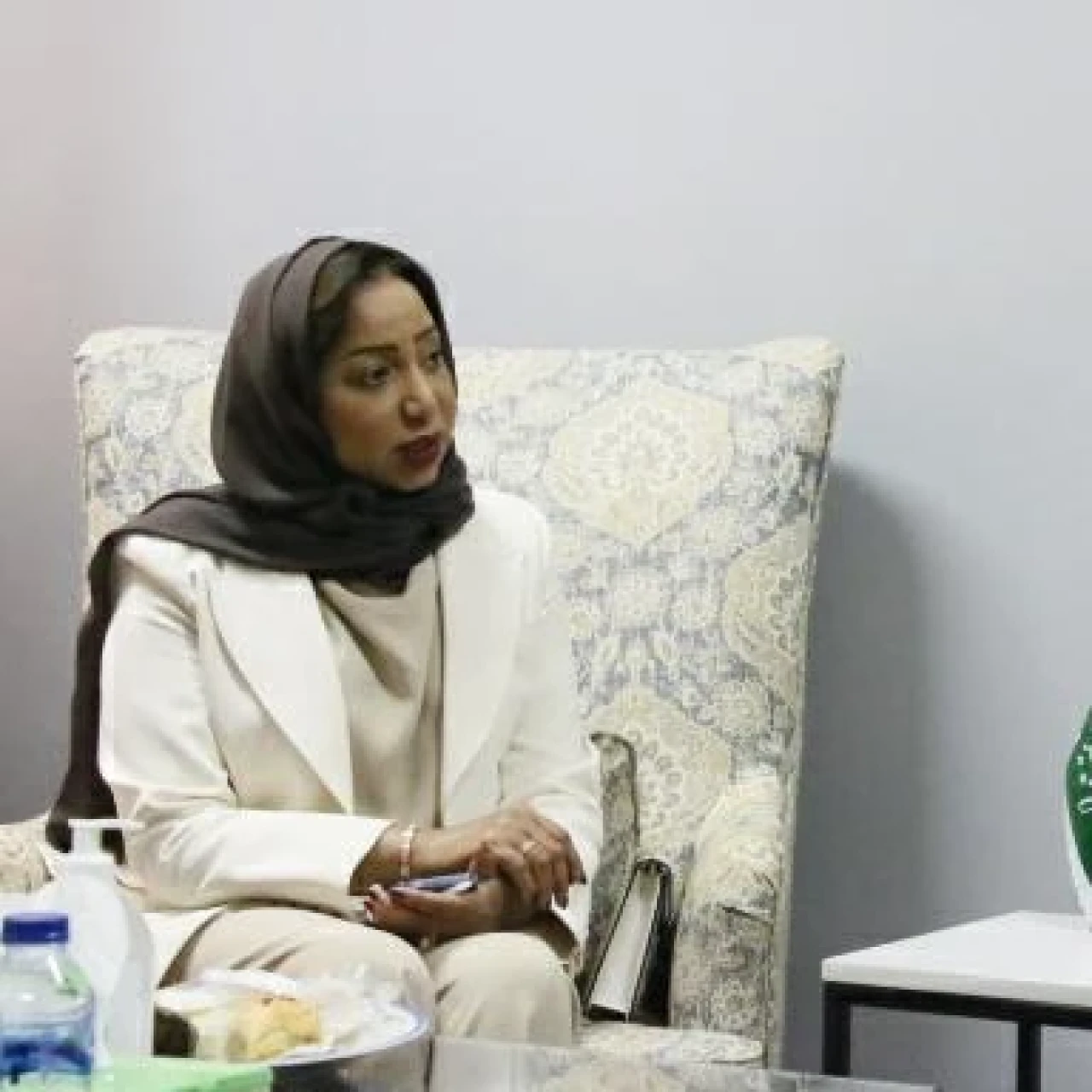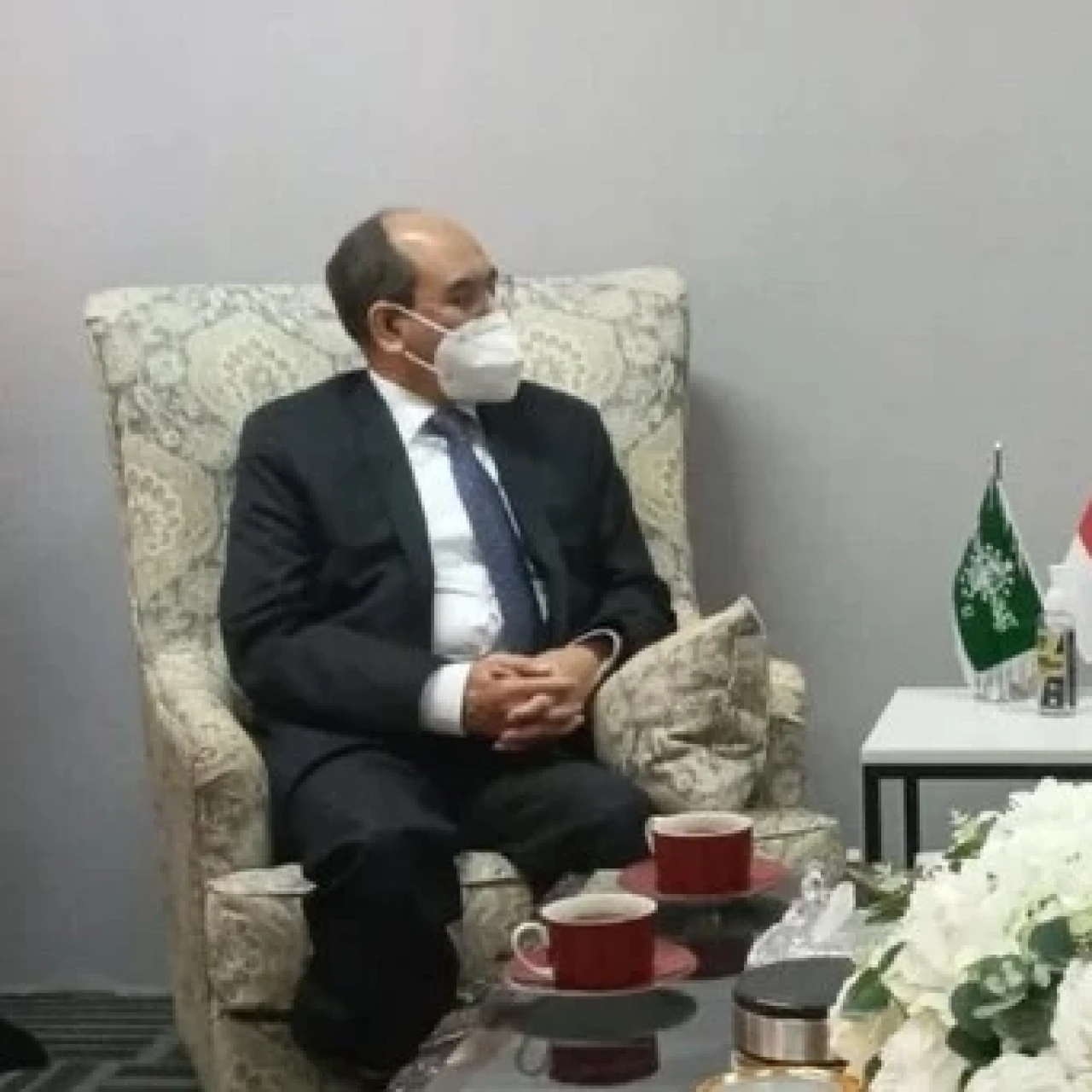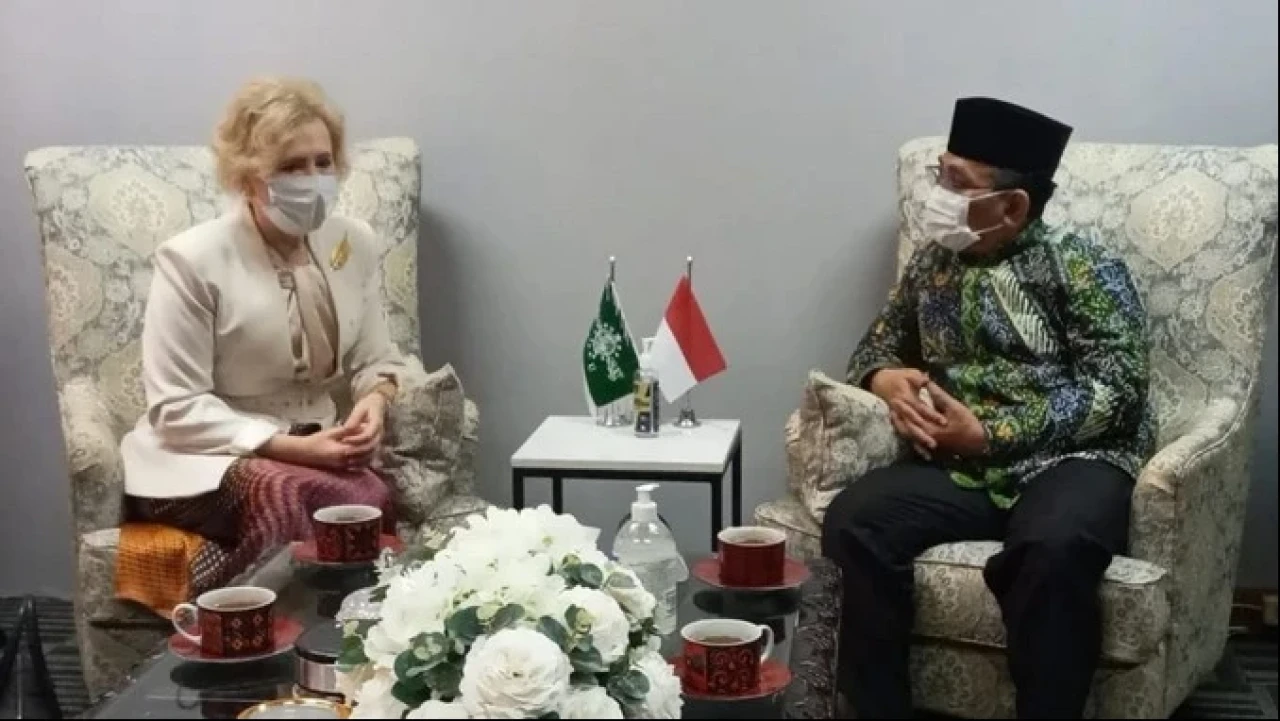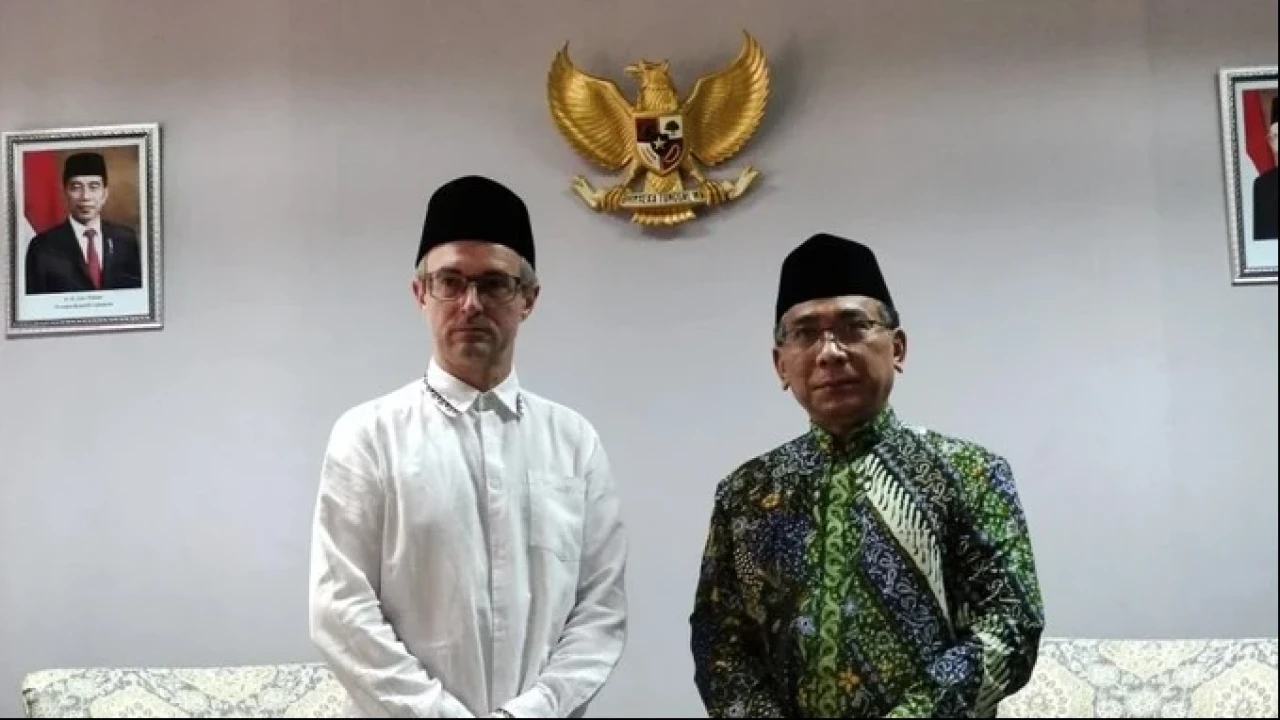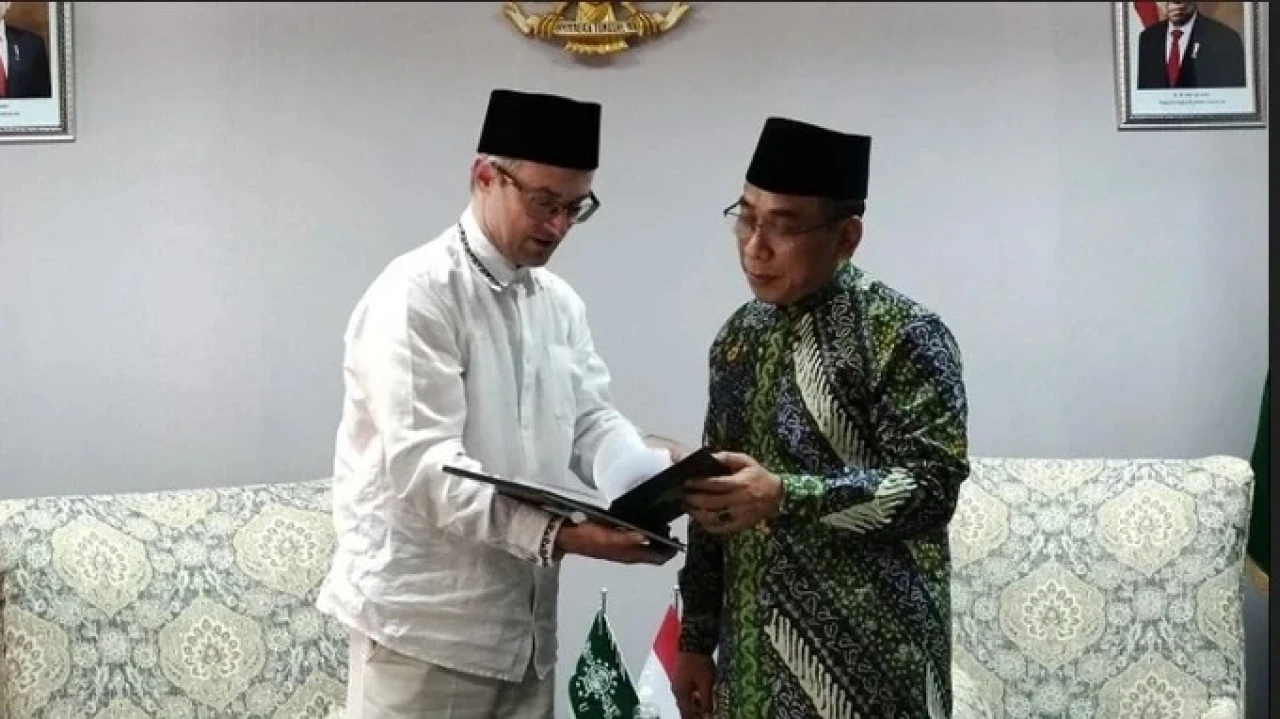Ampel Denta and Giri Kedaton Islamic boarding school prototypes
NU Online · Jumat, 13 Agustus 2021 | 13:25 WIB
Jakarta, NU Online
Long since the Walisongo era, Islamic boarding schools (pesantren) have become centers for the regeneration of preachers that would be sent outside Java. In this case, Ampel Denta, which was led by Sunan Ampel in Surabaya, became the nursery ground for the regeneration of preachers at that time. Gus Rizal Mumazziq made the remarks at a studium general held by Ma'had Aly Sa'iidusshiddiqiyah Jakarta, Thursday (12/8).
"Students (santri), including Ampel Denta students, who are considered qualified will be sent to the Eastern Archipelago through a trading fleet route which is well managed by Nyi Gede Pinatih, one of the wealthy merchants in Tuban," explained the rector of the Institut al-Falah As-Sunniyyah Kencong, Jember, East Java.
In the meeting taking up issues of Pesantren and the History of Islam in Indonesia, Gus Rizal explained, Sunan Giri, the adopted son of Nyi Gede Pinatih, became Sunan Ampel's beloved student. Next, Sunan Giri founded Giri Kedaton as a starting point for the spread of Islam.
"If in Sumatra there was an Acehnese kingdom that had a prominent political reputation and da'wah in the XVI-XVII centuries, then in the same era, Giri Kedaton played the same role, especially in strengthening Islamic networks in the Eastern Archipelago,” Gus Rizal said.
Quoting Kiai Ahmad Baso, a writer who is concerned with the study of classical manuscripts of the archipelago, Gus Rizal explained, Giri Kedaton became the center of education for Muslim nobility from the East. Before being sworn in as king, a prince would first be sent to Giri Kedaton to study religion and state administration.
Giri Kedaton became the official symbol for the sultans from various regions. "It doesn't feel right that a sultan has not received legitimacy from Kedaton," Gus Rizal said.
Furthermore, referring to the Network of Ulama and the Islamization of Eastern Indonesia written by Hilful Fudhul Sirajuddin Jafar, Gus Rizal revealed that various local manuscripts sourced from da'wah notes and reports from outside Javanese palace writers in the past, showed close relations, rather than the domination of Javanese cultures over other ones, between Java as the center and other areas as a buffer.
"Scientific, ideological, and spiritual sanad (chain of narration) are neatly tied to one another," he added, saying that Lontara studies in Bugis, from Lontara Goa, Lontara Wajo, Sangaji Kai, and so on also strengthened the opinion of this scientific node.
As explained by Gus Rizal, Sunan Kalijaga also contributed to the project of the recruitment of cadres (preachers). However, the way that Sunan Kalijaga took was to conduct regeneration in each region.
"There are many traces showing the existence of Walisongo who was blessed with this long life, usually marked by the presence of so-called petilasan (remains of the past)," he explained.
From what Gus Rizal explained, it is clear that the Walisongo's efforts in the mission of Islamic da'wah are to concentrate more on the aspects of da'wah and educational activities, not political power.
"This seems to be the key to the success of peaceful preaching in the archipelago stretching from Pattani, Malaysia, Singapore, Brunei, Mindanao-Philippines, and Indonesia," said the writer of Kiai Kantong Bolong.
Contributor: Muhammad Abror
Editor: Sudarto Murtaufiq
Terpopuler
1
Mustasyar, Syuriyah, dan Tanfidziyah PBNU Hadir Silaturahim di Tebuireng
2
Khutbah Jumat: Kerusakan Alam dan Lalainya Pemangku Kebijakan
3
Pesantren Tebuireng Undang Mustasyar, Syuriyah, dan Tanfidziyah PBNU untuk Bersilaturahmi
4
Khutbah Jumat: Mari Tumbuhkan Empati terhadap Korban Bencana
5
KH Said Aqil Siroj Usul PBNU Kembalikan Konsesi Tambang kepada Pemerintah
6
20 Lembaga dan Banom PBNU Nyatakan Sikap terkait Persoalan di PBNU
Terkini
Lihat Semua





